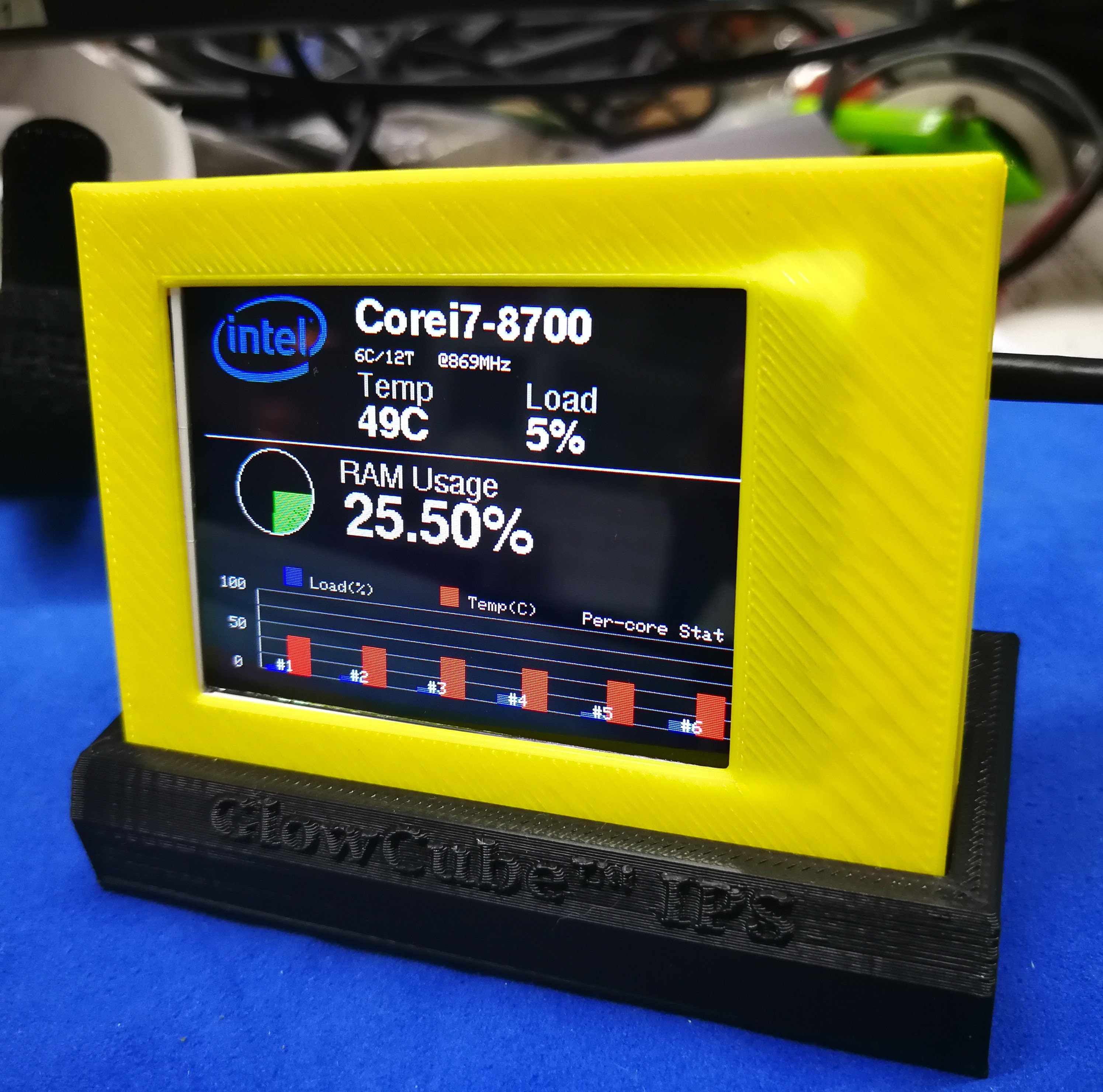
Meet strict functional safety (FuSa) requirements: Intel® Safety Island (Intel® SI) 1 These management tools can be implemented independently of each other for your use case. The INB framework facilitates over-the-air firmware and software updates while the OS is responsive. You can restart, power down, or power up from sleep states. OOB management provides power control for edge devices even when the OS is unresponsive. The platform provides both remote out-of-band (OOB) and in-band (INB) device management for monitoring and remotely managing devices throughout their lifecycle. Manage devices even when the OS is unresponsive Flexible programming, using open source code or prebuilt firmware binaries, lets you configure the Intel® Programmable Services Engine (Intel® PSE) to meet your application requirements and run real-time, ARM-based applications. The Intel® Programmable Services Engine (Intel® PSE) hosts new functions, including remote out-of-band device management, network proxy, embedded controller lite, and sensor hub. It provides independent, low-DMIPS computing and low-speed I/Os for IoT applications, plus dedicated services for real-time computing and time-sensitive synchronization. The Intel® Programmable Services Engine (Intel® PSE) is a dedicated offload engine for IoT functions powered by an ARM Cortex-M7 microcontroller. Integration and flexibility for IoT: The Intel® Programmable Services Engine (Intel® PSE) Supporting eDP, DP, HDMI 2.0b, and MIPI DSI interfaces, the platform can drive a maximum resolution of 4K progressive scan at 60fps on up to three simultaneous displays, a first for this family of processors. These processors take a huge leap forward in graphics capabilities with Intel® UHD Graphics.

TDP ranges between 4.5W and 12W allow for implementation into a variety of design form factors with passive or active thermal solutions.īring next-generation graphics to the edge

With a choice of 12 pin-compatible options, these Intel Atom®, Pentium®, and Celeron® processors offer a broad range of dual- or quad-core options running up to 3.0 GHz with support for both DDR4 and LPDDR4/x memory in up to 64 GB configurations. The integrated Intel® Safety Island (Intel® SI) supports functional safety, orchestrates Intel-on-chip diagnostics, reports errors, and monitors customer-safety applications. It facilitates numerous new functions supports real-time, ARM-based applications and manages industrial I/Os. To enhance workload consolidation and meet IoT-centric requirements, Intel is introducing the Intel® Programmable Services Engine (Intel® PSE).


 0 kommentar(er)
0 kommentar(er)
